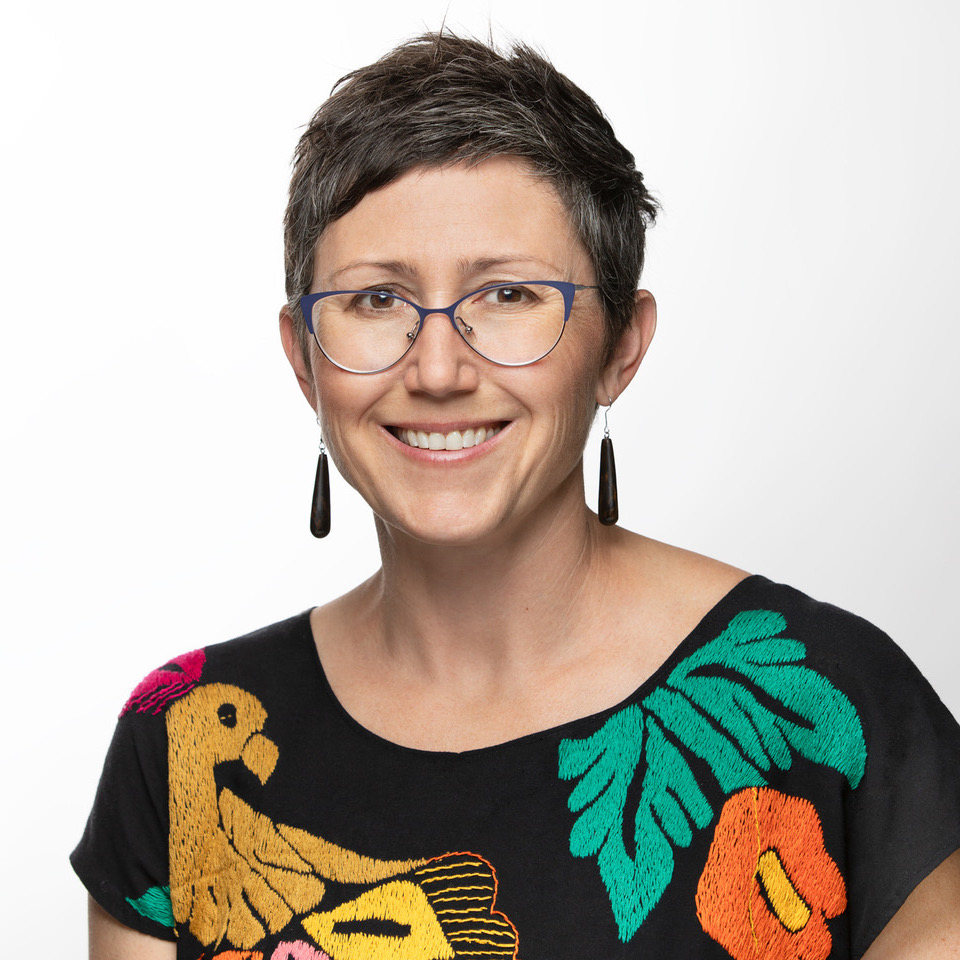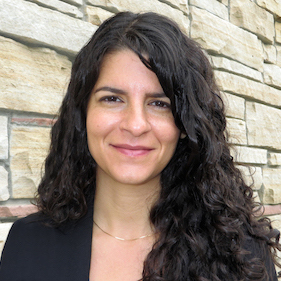
A compilation of paintings by Erika Osborne, an associate professor in CSU’s Department of Art and Art History. Created by Nicolle McMurray
Finding solutions to global environmental challenges such as climate change and growing threats from wildfires requires the perspectives of the liberal arts, Colorado State University faculty say, because it’s necessary to address the root of these wicked problems: human attitudes and behaviors.
Erika Osborne, an associate professor in CSU’s Department of Art and Art History, spent the Fall 2019 semester in Mexico on a Fulbright Scholarship, studying forests and fire management on the Baja California peninsula. What she found is a much different situation than what we have in the United States.
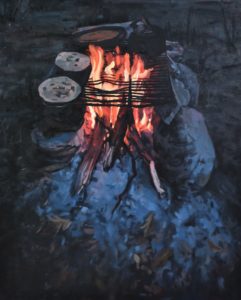
Baja forests, for the most part, have been allowed to burn in their natural cycle, and the undergrowth is regularly thinned by fire while older, taller trees stay alive. In the U.S., however, many of the most devastating fires have been caused by dense, dry fuel that has built up over the years because of fire suppression during most of the 20th century. She says the U.S. approach has been driven by decades of residential development in fire-prone areas as well as fear of fire.
“Most people don’t want prescribed burns in their backyards,” Osborne says. “Our relationship to fire is tragic and fear-inducing. But our cultural relationship with fire could be very different. I want to be a voice to reestablish a healthy relationship with fire in our forests.”
In Mexico, for instance, the ranchers regularly burn their fields and cook on open fires.
“They don’t use a Coleman stove for cooking, they start a small fire,” Osborne explains. “Being in the forests of the Baja, it was like stepping back in time to U.S. forests a few hundred years ago. Fire is meant to be part of the ecosystem, and we have to cultivate it again, like we would our gardens. We need to look at this from a macro level and use controlled burns that can nourish rather than harm.”
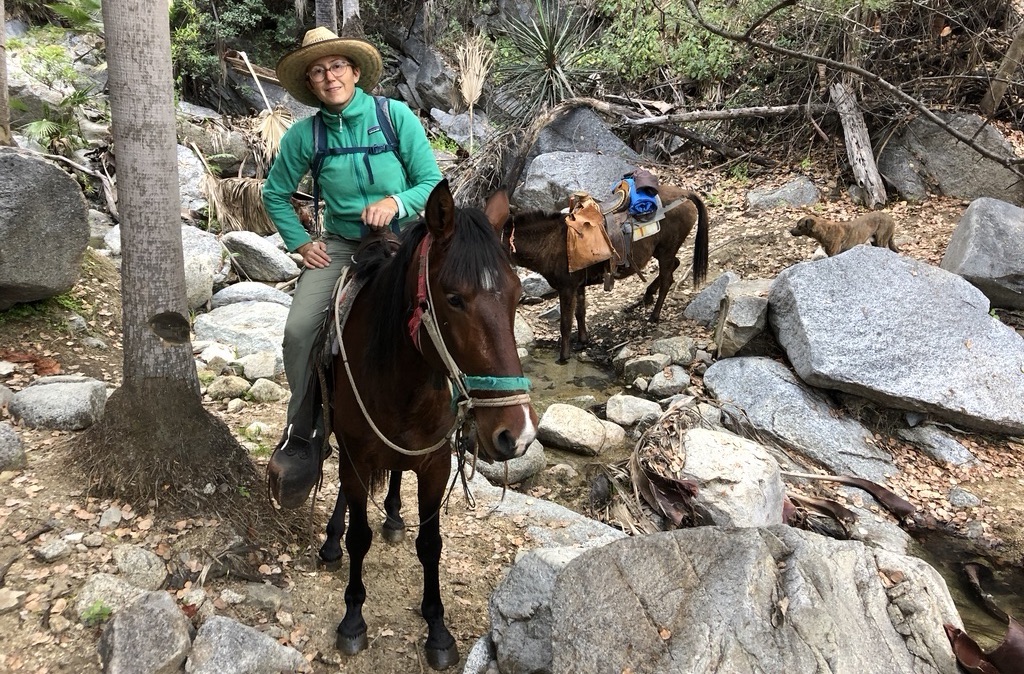
Osborne riding a pack mule in the remote regions of the Sierra de la Laguna in Mexico.
Changing attitudes
The humanities and arts, including her own field of painting and drawing, can give people a different understanding of fire — or global warming.
“When it comes to climate change, we have the data and the science, but we haven’t done a good job of moving that into policy,” Osborne says.
The contributions of artists, for example, can spark impactful change.
“Artists don’t have to abide by the same disciplinary rules that the sciences do,” she says. “They don’t need to back up their work with double-blind clinical trials that include thousands of people. So, artists can create something that people respond to, maybe from the heart space rather than the head space. The arts work on people slowly and emotively. Your cultural ideologies shift in a more permanent way, and it’s hard to go back.”
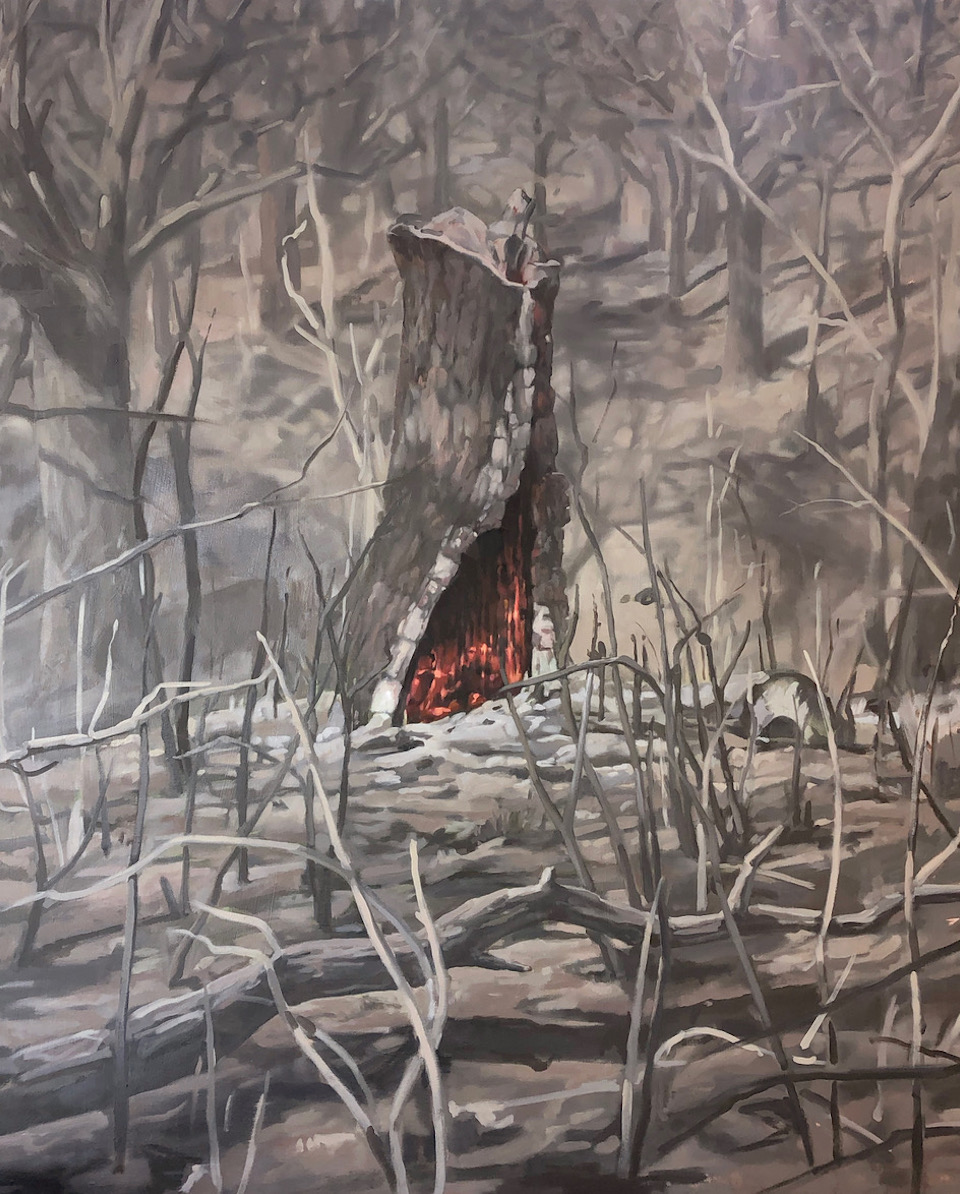
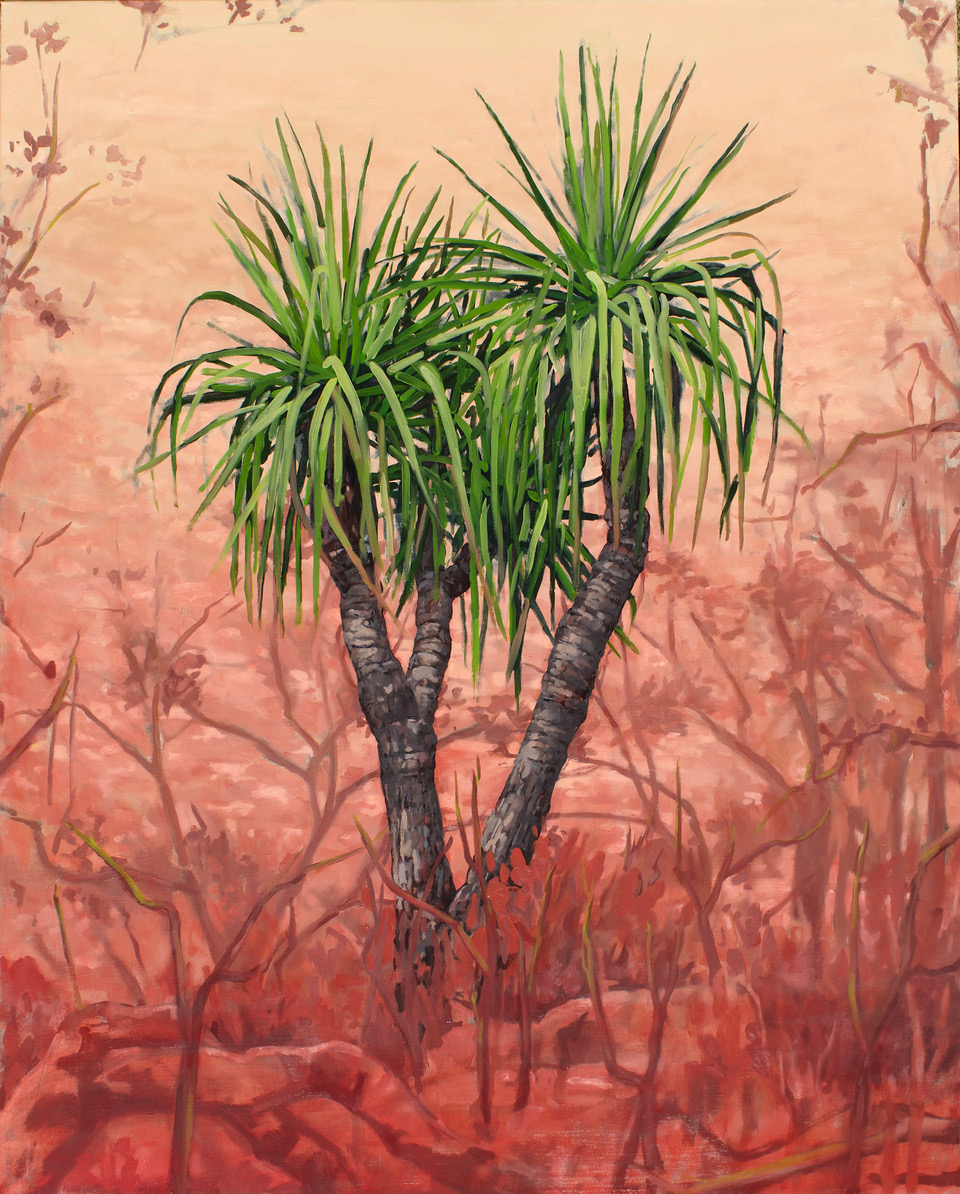
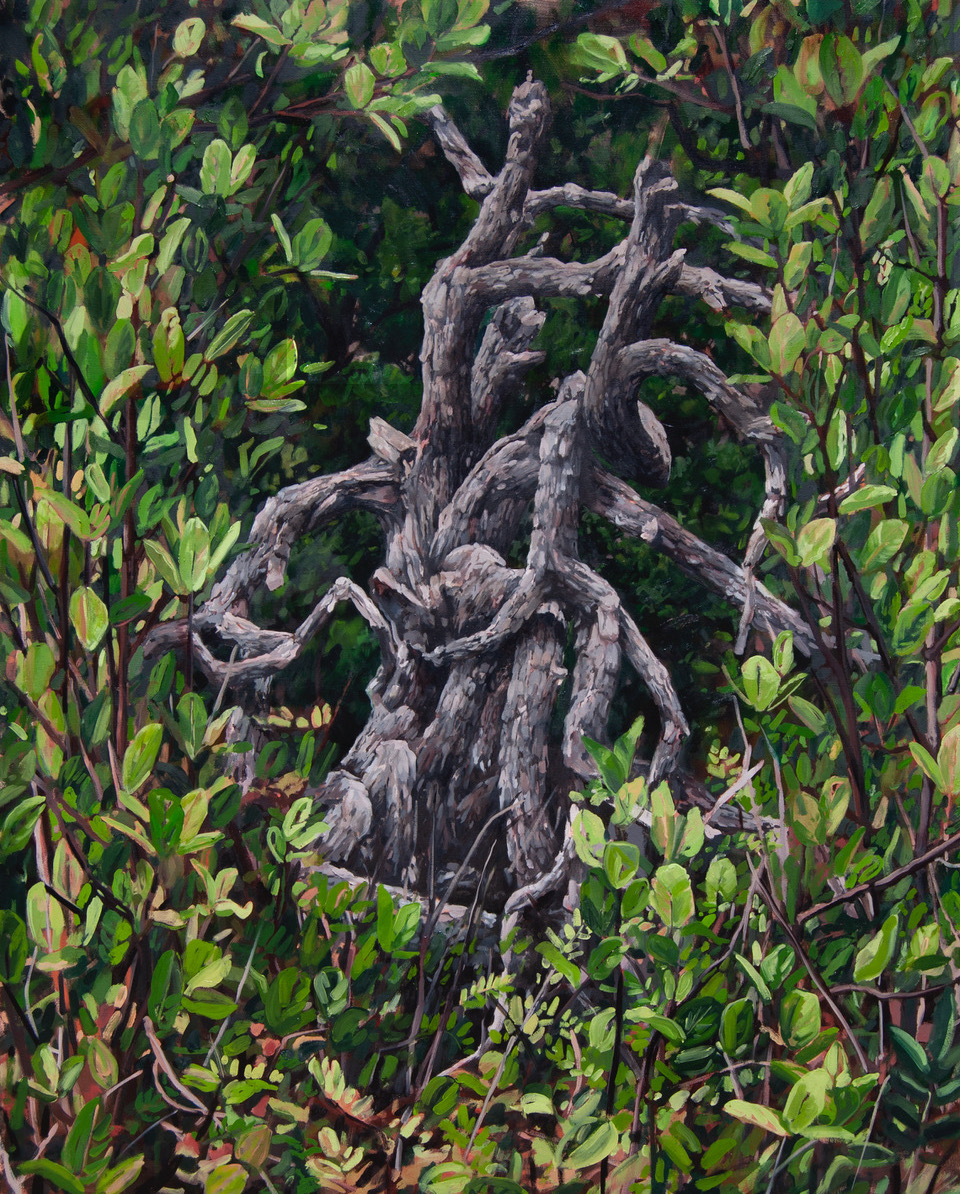
A tryptych of paintings by Osborne: “Fogata,” “El Susurro” and “Redencion.”
Reclamation exhibit
Osborne is planning an exhibit that will open this summer at the Gregory Allicar Museum of Art featuring various artists’ takes on what a post-fossil fuel world would look like. The exhibit is part of a larger international effort called “Extraction: Art on the Edge of the Abyss” that organizers hope will serve as “a global ruckus about the extraction industries,” Osborne says. Her contribution to that effort, which is expected to include performance art, is titled “Reclamation: Recovering Our Relationship with Place” and will run from July 7 to Sept. 19.
“Climate change is at the core of what most people are concerned about, and if we continue to let global warming run rampant, it’s only going to make our other problems worse,” Osborne explains.
“That’s where art can do its job, because it brings light to solutions,” she continues. “You can never tackle wicked problems from one perspective or one discipline, because you won’t get anywhere. This exhibition represents the integration of perspectives to propose solutions. The arts can be more impactful than a policy document or a scientific paper.”
Adding an historical lens
Leisl Carr Childers, an assistant professor in CSU’s Department of History, agrees that no single discipline can address wicked problems like global warming or forest fire management. In fact, she suggests that the latter may require a comprehensive approach similar to an effort in the 1960s to review the management of public lands.
Carr Childers notes that the Public Land Law Review Commission spent about six years examining laws and policies around federally owned public land, to deal with often competing priorities like those of recreationists, ranchers and extractive industries. Among other things, she says, the review resulted in the repeal of the Homestead Act and the placement of recreational interests on equal footing with those of extractive industries when it comes to the use of public lands. A similar bipartisan initiative involving a broad spectrum of stakeholders may be required to address forest fire management, Carr Childers explains.
“We’re going to need a group the size of that commission, because that’s how big this problem is,” she says. “We need a solution of that size. These questions are so big that they are beyond politics, and we have a history of tackling these kinds of big questions in a bipartisan fashion.”
“History is in a particularly profound position to deal with these wicked problems, because we can tell what has been done before,” Carr Childers says. “As Mark Twain was once paraphrased, history doesn’t repeat itself, but it rhymes. Even though the past isn’t identical to the present, it allows us to think through current problems with the knowledge of what has been tried before.”
Wild horse populations
Another example of history playing a key role in solving contemporary problems, she says, is the management of herds of wild horses, cattle and sheep on public lands. Carr Childers explains that the number of wild horses, for instance, far exceeds what is allowed on federal rangelands, meaning that the Bureau of Land Management has to periodically conduct roundups to thin herds.
Since a 1987 court case prohibits the sale of horses to commercial entities that would slaughter them, most are placed in costly long-term holding facilities because adoption rates are low. The situation is complicated, because the population of wild horse herds can double in four to five years, and management decisions are often slowed by animal-rights litigation that blocks roundups.
“This is an untenable position,” she says, but history may provide some answers.
She cites an approach used in recent decades on the Little Book Cliffs Wild Horse Range near Grand Junction, a range devoted specifically to wild horses. There, local wild horse advocates have relied on fundraising and a program in which volunteers dart mares with fertility drugs to control the population, resulting in fewer roundups and a good partnership with the BLM.
“As far as I’m concerned, it’s the gold standard of good wild horse management,” she says. “The key is having the BLM work with local ranchers and wild-horse supporters. We know it can’t happen fast, and it has to be in conversation with people. History will not necessarily determine the outcome, but it can help with the process.”
“We need to work with people,” Carr Childers says. “Public lands management, for instance, isn’t just about managing resources, but managing people.”
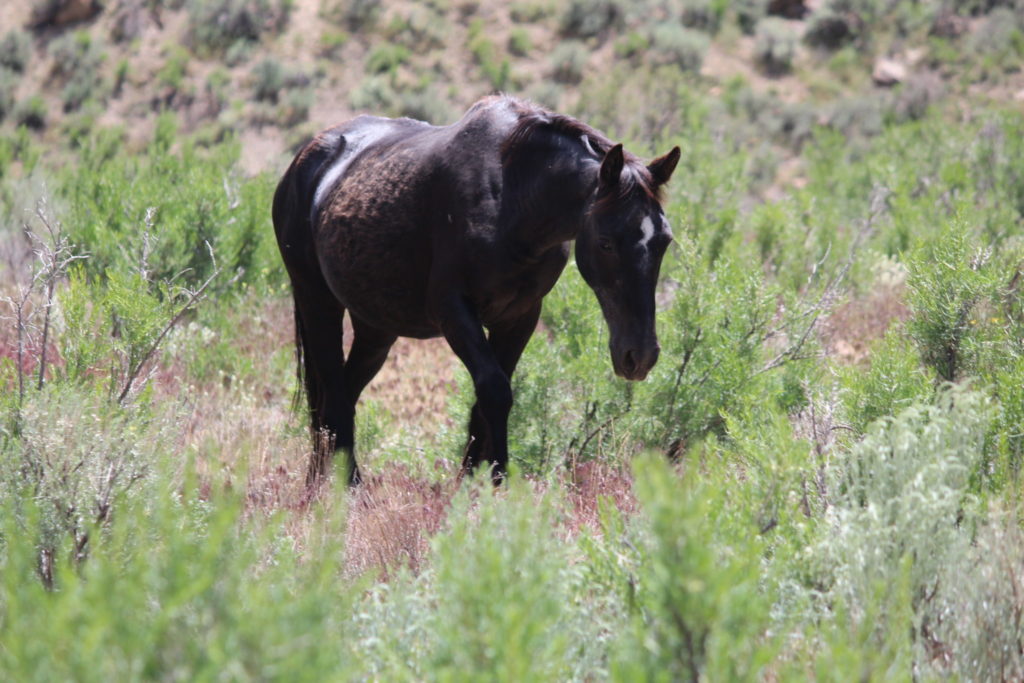
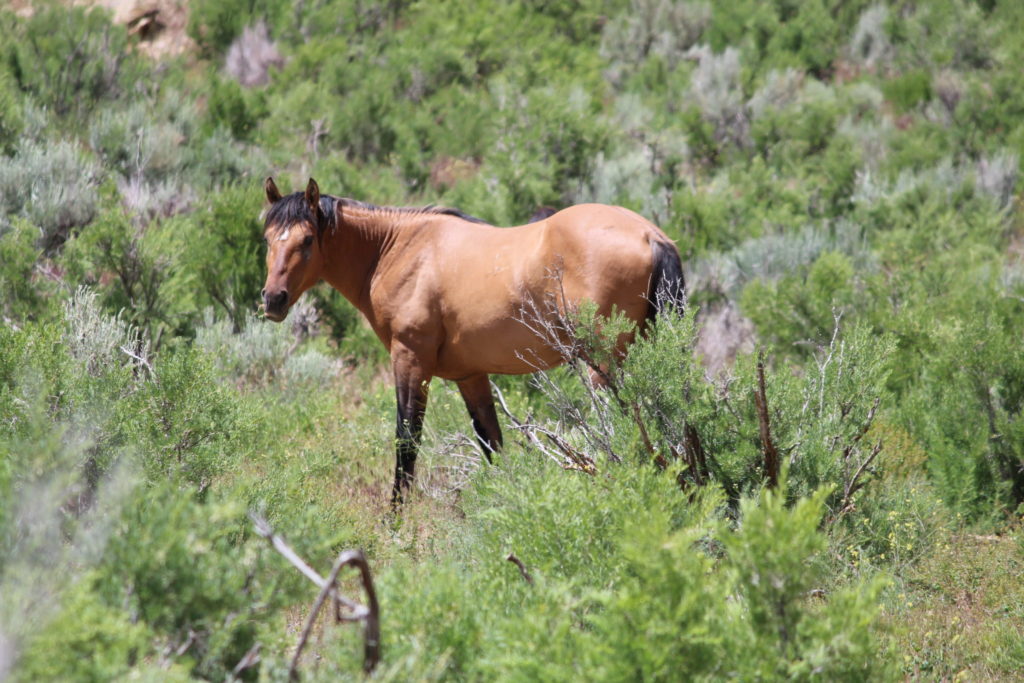
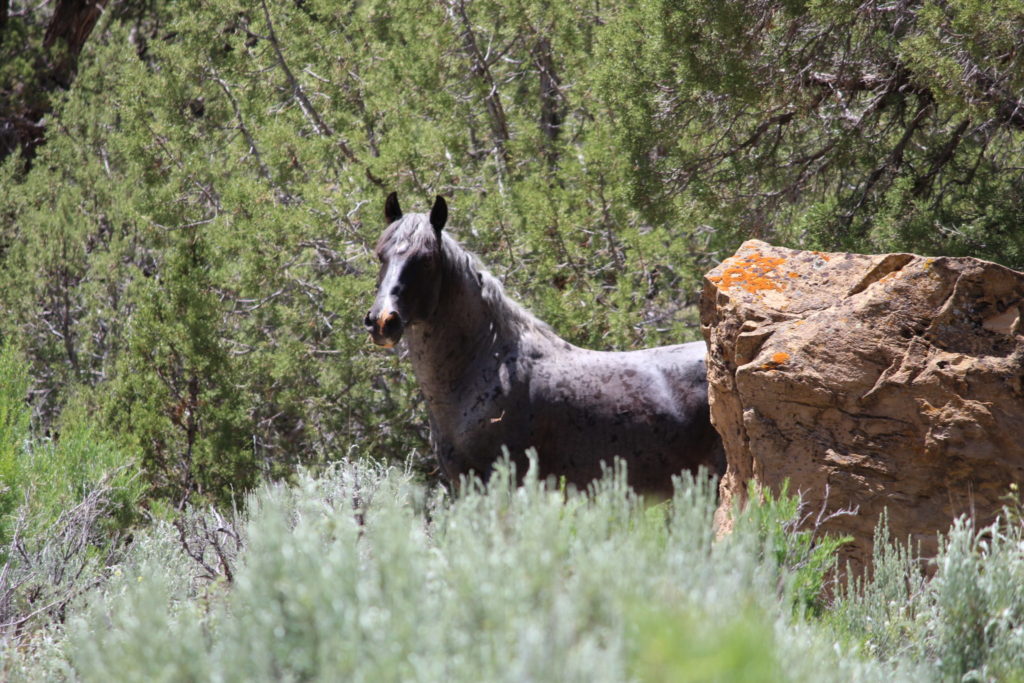
Horses at Little Book Cliffs Wild Horse Refuge near Grand Junction
Representations of climate change
Lynn Badia, an assistant professor in CSU’s Department of English, agrees that human behavior is central to tackling wicked environmental problems.
“There is a growing awareness that we need to reimagine our relationship to the natural world,” she says.
When it comes to using history as a guide, Badia stresses that the ways in which climate change has been represented by humans in the past — whether in literature or other fields — is key. She and a couple of colleagues at the University of Amsterdam recently completed a four-year project on that topic. Using a $25,000 grant from the Social Science and Humanities Research Council of Canada, Badia and her team hosted a “Climate Realism International Colloquium” in Montreal in March 2017. The effort culminated in a book and a special journal issue about various representations of climate, featuring contributions from preeminent scholars around the world.
The special “Climate Realism” issue of Resilience: A Journal for the Environmental Humanities came out last October, and the book, Climate Realism: The Aesthetics of Weather and Atmosphere in the Anthropocene was released in December.
“Climate Realism proceeds with the understanding that representation actively shapes how we construct meaning, what kind of values we hold, and, ultimately, how we choose to act in the world,” Badia and her co-authors write. “In order to respond to climate change — to apprehend its complexity, to address its short-term and long-term consequences, to mitigate its many sources — Climate Realism claims that in addition to the urgently needed scientific work, we must also develop new aesthetic theories, narratives and projects.”
“Representation is never neutral; it always occurs in conversations about how we understand social life,” adds Badia, who is involved in Osborne’s exhibit at the Gregory Allicar. “It always involves social narratives, ethics and values. How should we best inhabit Earth? The way we represent, or narrate, the natural world really affects how we interact with the natural world.”
Some argue that one of the 10 important characteristics of a wicked problem is that “the way a wicked problem is described determines its possible solutions.” And this, faculty say, is where the liberal arts offer a unique and essential approach to examination, analysis and possible solutions. Whether it’s understanding fire, managing wild horses or re-imagining our relationship to the natural world, art, language, culture and a historical perspective can help us to change our behaviors and attitudes and work toward new approaches to these wicked environmental problems.
Osborne and Badia team-taught a course for liberal arts students in Fall 2018 on “Cultural Extraction: Energy in the Humanities,” which looked at the relationship between energy and our daily lives through a variety of lenses.
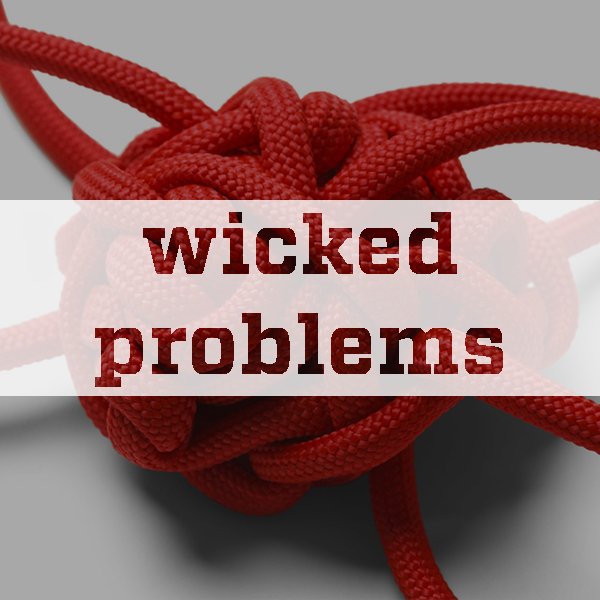
This story is part of a series of articles from the College of Liberal Arts exploring the Gordian Knot of wicked problems within the realms of democratic institutions and civic engagement; race, diversity, and inclusion; environment and sustainability; and globalization and global perspective.
